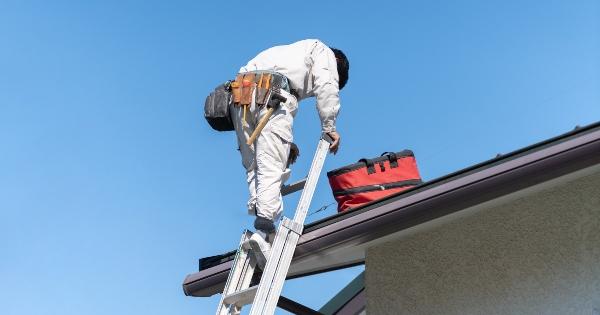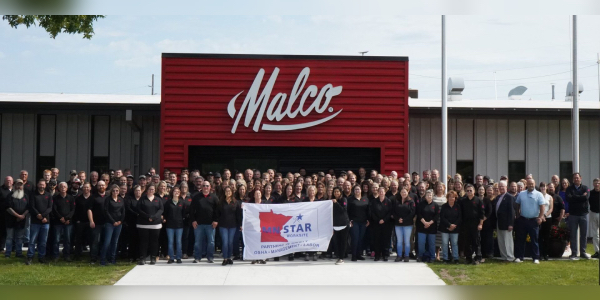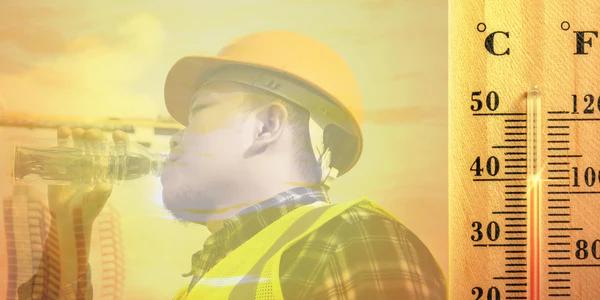An emergency readiness guide for roofing teams
April 18, 2025 at 6:00 a.m.By Cotney Consulting Group.
A well-thought-out action plan, with proper training and clear communication, can significantly reduce the impact of emergencies.
Emergencies are an unavoidable part of any job site, especially in roofing. While it's impossible to eliminate all risks, having a well-developed emergency action plan and properly trained workers can significantly affect how efficiently and safely these situations are handled. By preparing in advance, you can optimize response times, reduce anxiety and save lives. Here's how to assess and improve your emergency preparedness on the job site.
Why emergency preparedness matters
Roofing involves various hazards, from falls to chemical spills, fires and extreme weather. When an emergency occurs, panic and confusion can lead to injuries or fatalities if workers don't know what to do. A solid emergency action plan provides clear procedures and designates responsibilities, helping everyone on-site respond appropriately. The success of such a plan depends on management commitment and active worker involvement.
Assessing your current emergency action plan
To ensure your plan is robust, regularly review and discuss it with your team. Start by asking yourself and your crew the following questions:
General preparedness
- Reporting and accountability: Is there a reliable means for reporting emergencies and accounting for all personnel before and after an incident? Knowing who is responsible for decision-making during emergencies is crucial for coordinated responses.
- Familiarity with procedures: Does everyone on the job site know the procedures to follow in different emergency scenarios, such as fire, explosion, chemical spills or natural disasters? A well-trained crew should know escape routes, evacuation procedures and where to reassemble for a headcount or further instructions.
- Emergency supplies: Are workers aware of the location of emergency supplies, including first aid kits, emergency wash stations, personal protective equipment (PPE) and other essential resources?
Medical emergencies
- Response knowledge: Do workers know how to respond in the event of a medical emergency? Immediate action can prevent injuries from worsening and potentially save lives.
- Trained personnel: Are on-site workers trained in cardiopulmonary resuscitation (CPR) and first aid? Having trained personnel on the job site ensures that someone is always equipped to handle medical emergencies promptly.
- First aid equipment: Does the worksite have appropriate first aid equipment for the potential injuries that may occur? For example, emergency wash stations, oxygen tanks, ice packs and PPE are crucial in treating chemical exposures or physical injuries. Emergency phone numbers (e.g., fire department, ambulance, medical facility) should be clearly posted in accessible locations.
Fire hazards
- Fire extinguishers: Does the worksite have fire extinguishers that match the possible fire hazards present? For example, roofing sites may involve open flames or electrical equipment that require specific extinguishers.
- Proper training: Have workers practiced using fire extinguishers so they understand their operation and limitations? Practicing with the actual equipment builds confidence and readiness to act during an emergency.
- Maintenance: Have the fire extinguishers been recharged within the last year? They must be tagged to indicate the recharge date, ensuring they are in working condition when needed.
Chemical spills
- Spill response: Does the worksite have absorbent materials suited to the quantity and type of chemicals that could spill? It's important to be prepared for both minor and major spills.
- PPE: Do you have the relevant PPE needed to respond to a chemical spill, such as gloves, masks and protective clothing
- Training: Have workers been trained correctly to safely respond to a chemical spill? Training should cover identifying the type of spill, using absorbent materials and disposing of hazardous waste properly.
Implementing and reviewing the plan
Once you've established a comprehensive emergency action plan, it's essential to train and retrain workers regularly on the potential emergencies they may encounter and the procedures they should follow. Training should cover:
- Emergency procedures: Clear instructions on what to do in various scenarios, such as evacuations, medical responses and chemical spill cleanups.
- First aid and rescue: Basic first aid procedures and when to seek professional medical help.
- Equipment location: Where to find emergency response equipment, including wash stations, fire extinguishers and first aid kits.
- Emergency contacts: Posting emergency phone numbers in easily accessible areas so they are available in a crisis.
Regular drills and walkthroughs help reinforce these procedures, ensuring everyone remains alert and prepared. Additionally, update your emergency action plan whenever changes are made to the job site, responsibilities or work processes.
Emergency preparedness is a key component of roofing safety. A well-thought-out emergency action plan, with proper training and clear communication, can significantly reduce the impact of emergencies on your workers and business. You create a safer job site that protects lives and minimizes potential losses by preparing your team for different scenarios and equipping them with the knowledge and tools they need to respond effectively. Remember, a swift and educated response can make all the difference in an emergency.
Learn more about Cotney Consulting Group in their Coffee Shop Directory or visit www.cotneyconsulting.com.























Comments
Leave a Reply
Have an account? Login to leave a comment!
Sign In